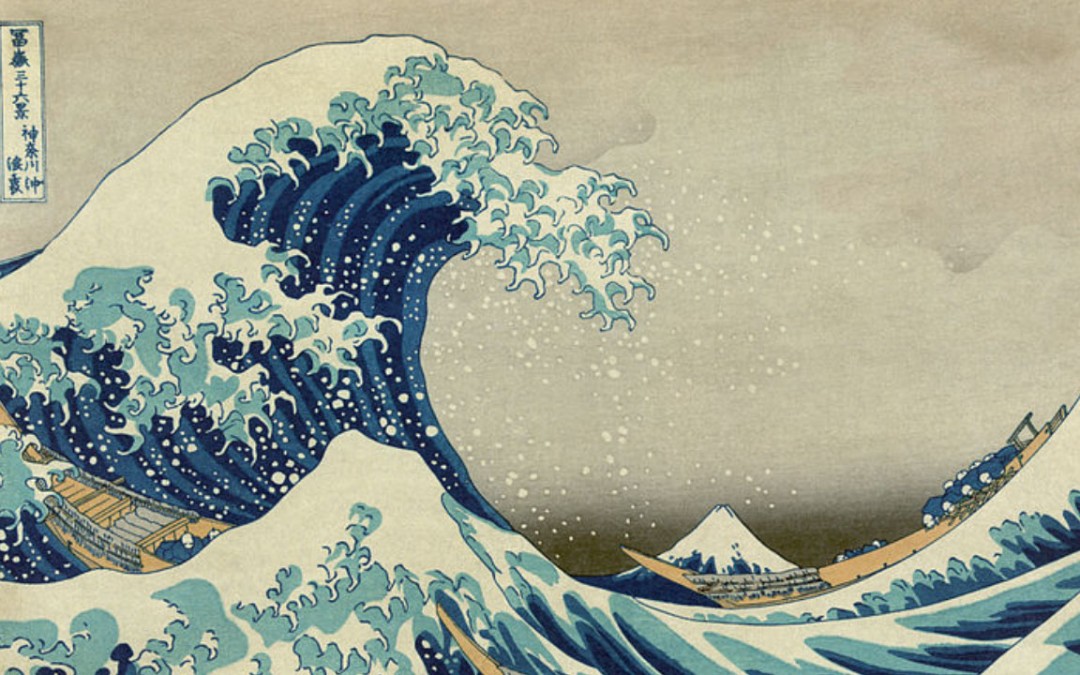Rise of The Edo Period
The Edo period is a period in Japanese history between the years 1603 and 1868. It’s name was derived from the city of Edo, now known as Tokyo. Edo was built by the warlords who ruled Japan, the Shoguns. From the ground up they built an impressive castle and a community around it. In time this tiny community designed to serve the castle became vast. Only after the city itself fell in 1868 would the Edo period come to an end.
This was a period that saw Japan change from a young Feudal power to a strong empire. It saw Japan make contact with Europeans, and saw many wars and battles. From ruthless rampaging warlords, to America bullying Japan until it gives in to their demands. It was also the period that saw the restoration of the Japanese monarchy. That vast change would transformed Japan more than anyone could have imagines. It awakened a fierce nationalism and a will to expand.
Following years would see Japan expand in the literal form, colonizing other parts of Asia. It was arguably a large factor in causing Japan to go to war with the Allies in world war two. All this was caused, either directly or indirectly by the Edo Period. But interestingly there was almost no actual war during the period. Shogun warlords who ruled understood that war is bad for business. Instead they preferred to keep Japanese problems within Japan. So with that in mind, here are some of the most incredible facts about the Edo Period.
Warlord’s Nirvana
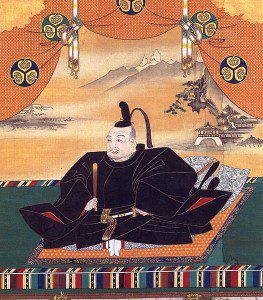
During the Edo period warlords were ruthless in Japan and often would willfully offer their own children as hostages to strengthen an alliance. Warlords might give up their children because they were put in a position where they would be killed otherwise, or they may just do it to help further their political ambition. The children would be given at a very young age, and raised as a citizen the country holding them hostage.
Nobunaga’s Power
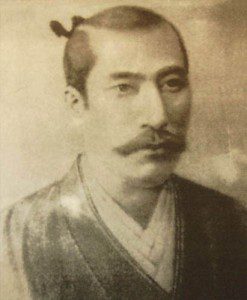
During this period the Japanese were constantly at war. Although the country had a leader called a shogun, he had no real power. All the power in the country was held by warlords who raised armies and tried to conquer Japan. The most powerful warlord was Oda Nobunaga, he was feared throughout the land. Nobunaga’s power didn’t last, he was betrayed by one of his generals, how he killed him is unsure but his entire body had been turned to ash. His army was then under Tokugawa Ieyasu’s rule, who later became shogun.
First Ever White Man
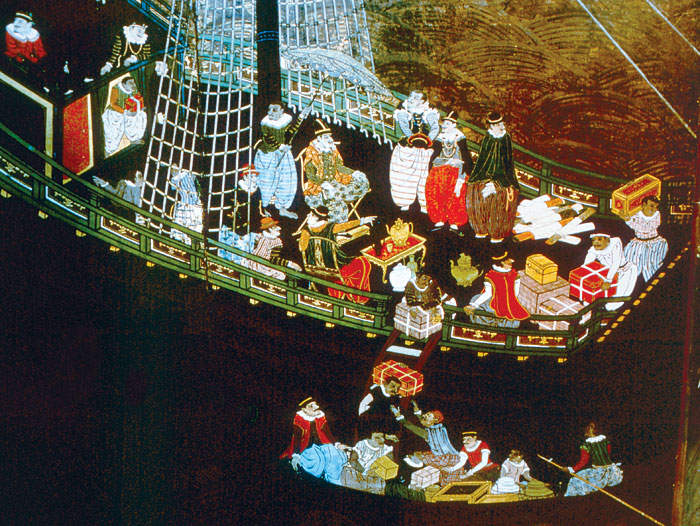
It was in the Edo period that the Europeans stepped foot on Japan for the first time in History. Some of the Europeans that came over were Jesuit missionaries determined to convert some Japanese people to Christianity. In only 50 years they had built a whopping 200 churches, and converted a quarter million Japanese to Christianity. Before long the Japanese ruler realized how quick things were changing. He saw Christianity as a threat, outlawing it and the spread of foreign religions. Forced underground, their numbers sharply fell. Many were killed for refusing to give up their beliefs. This too made the Japanese government weary of outsiders. Japan would accordingly close itself off to the outside world, harshly limiting who was allowed to step foot on Japanese soil.
Samurai Justice
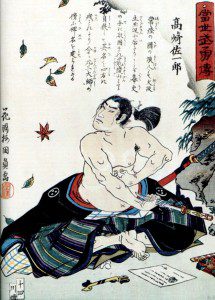
The Samurai’s were the only ones with the right to carry two swords, and these swords allowed them to lord over any farmers or peasants they wanted. They could use them to enact justice, for instance if a peasant or farmer was rude to them it was their duty to kill the peasant or farmer. When Samurai were ashamed or dishonored they would commit Seppuku, cutting out their abdomen as they believed this is where the heart is, and that was the only way to redeem themselves.
America Bullies Japan
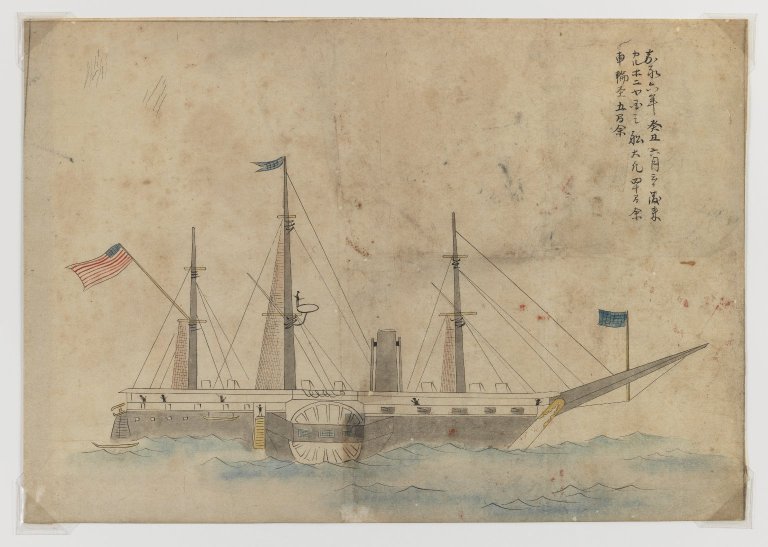
For about 200 years Japan refused to trade or interact with European countries, completely closing themselves off from the rest of the world. However Japan didn’t advance much in that time where as the rest of the world did. Completely isolated, Japanese culture remained pure and unique. But this led to a deficit in innovation, since the inventions and trends adopted by other nations could not in turn help Japan progress. Eventually America came to Japan with a fleet of ships the likes of which Japan had never seen. Giant steam powered ships, armed with 60 cannons and crews of a thousand men. They called them “The Black Ships”, and because Japan had never seen steam power before they thought the ships were on fire. Eventually Japan began trading with European, and American countries, otherwise they would have been conquered by them.

